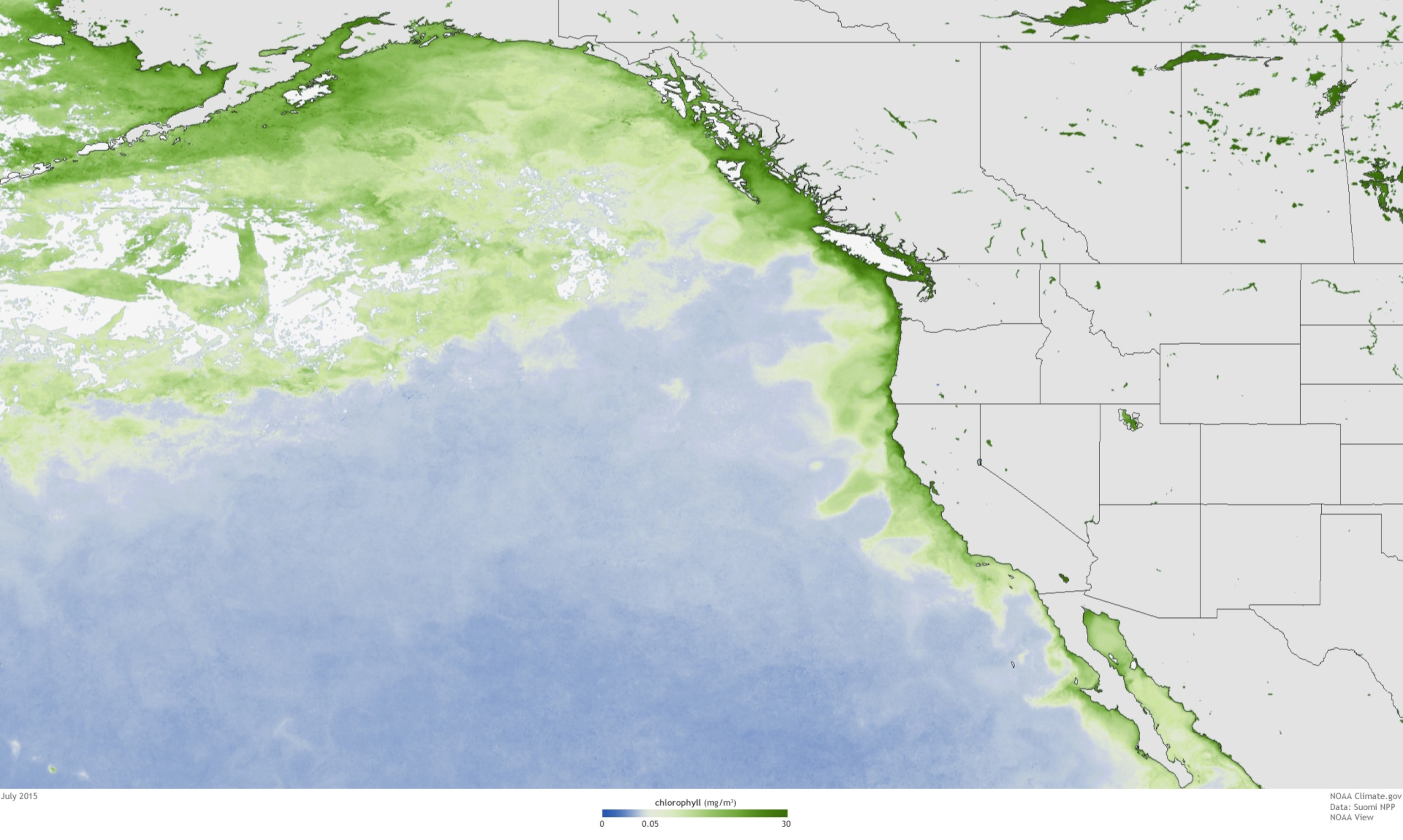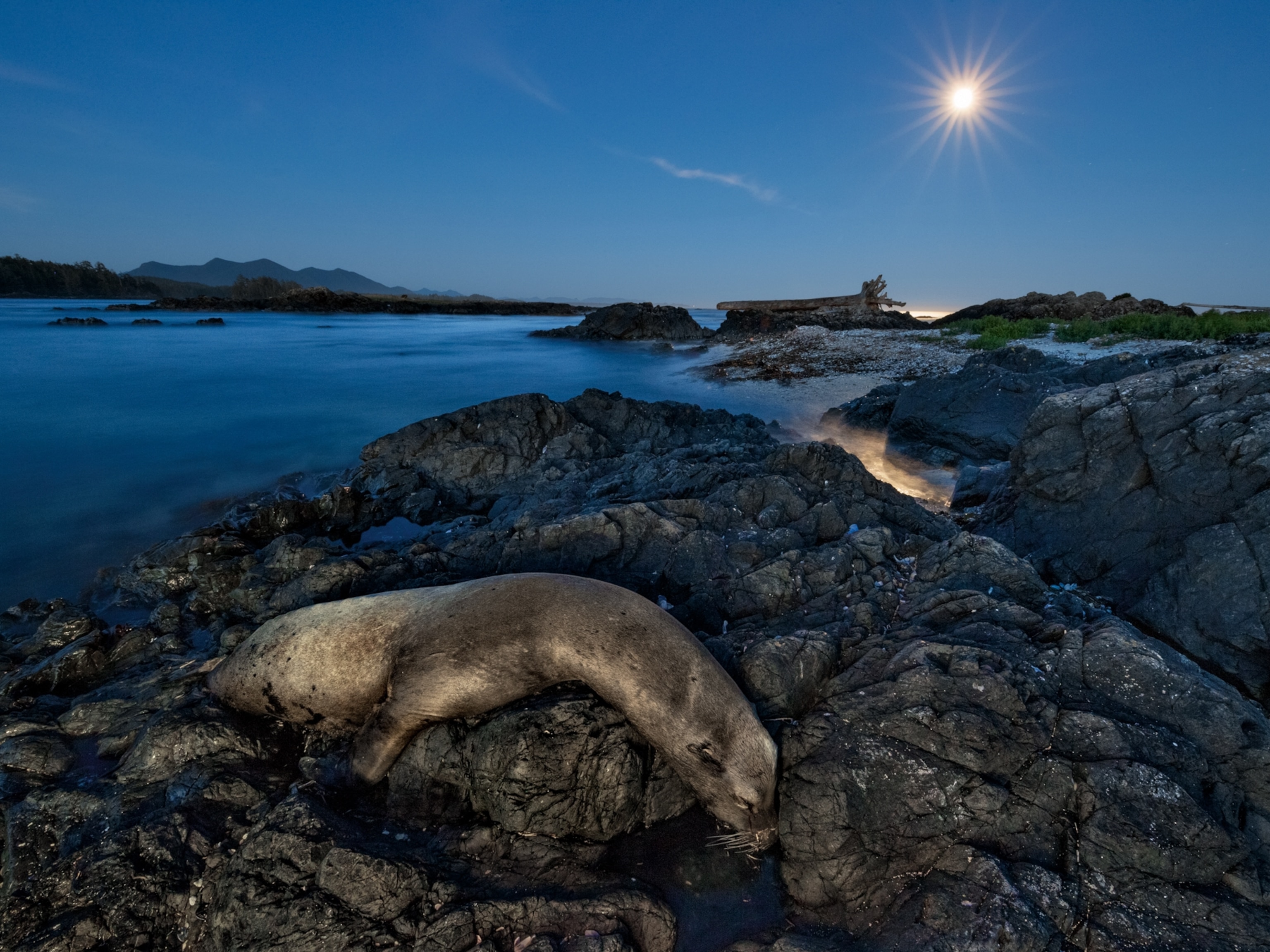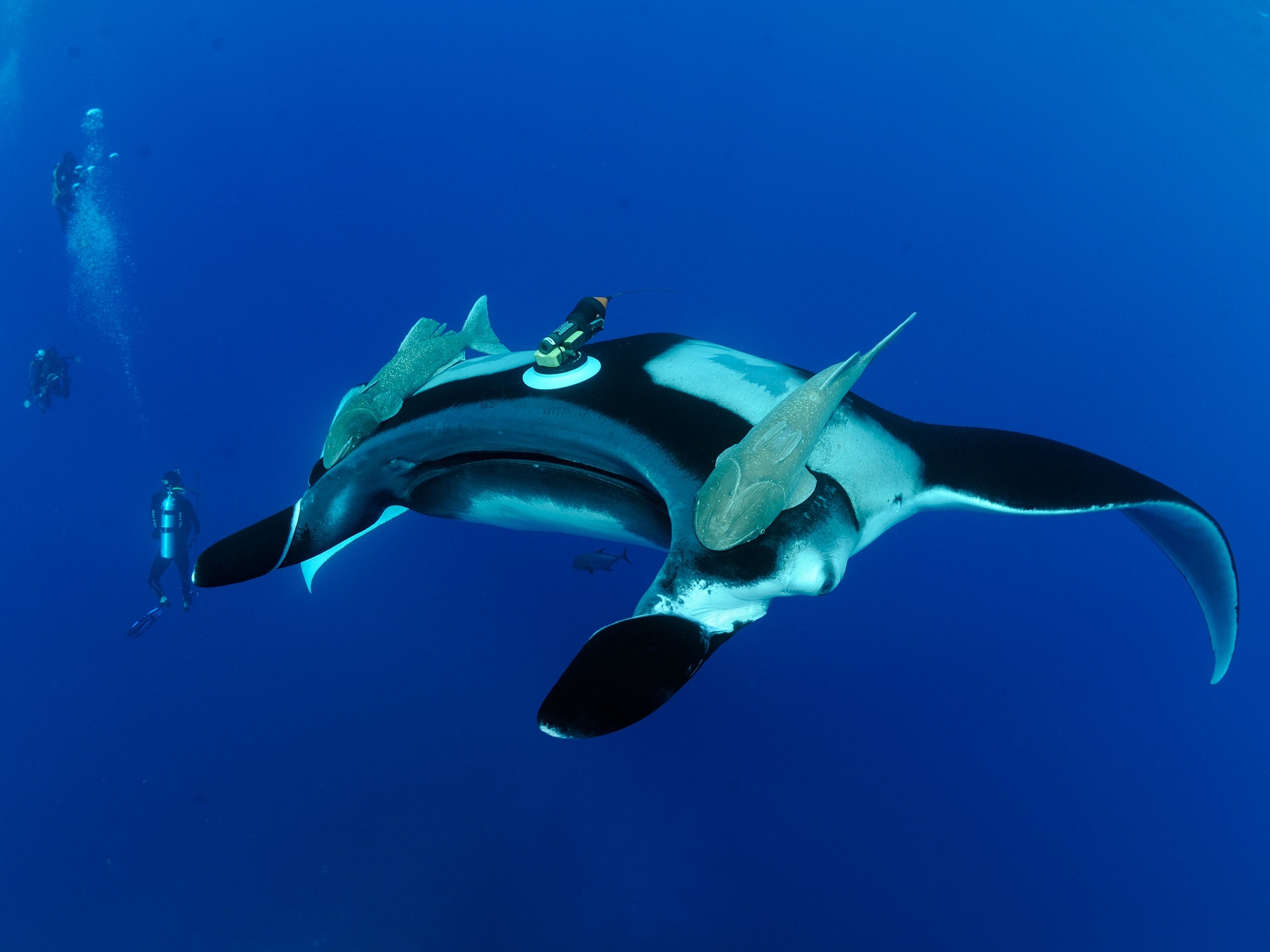
A Striking New View of the Pacific “Blob”
To better understand the strange mass of warm water that appeared from 2013 to 2016, scientists are mapping it from space.
In late 2013, scientists began to notice something strange happening in the Gulf of Alaska: The temperature of the sea surface was much warmer than usual.
Then in early 2014, warmer waters also started appearing about 125 miles off the West Coast of the United States. By the fall of that year, the warm area extended all the way to the coast. The warming persisted along the California coast and other parts of the Pacific during most of 2015 and into 2016. In some places temperatures were more than 10°F above average.
As scientists struggled to figure out what was going on, they began calling the mass of warm water “the Blob.”
Now a team of scientists has mapped the life story of the Blob in unprecedented detail—from space. Using data from multiple satellites from several countries, the scientists traced the changes in temperature and wind on the Pacific Ocean’s surface from 2014 to 2016. Their findings, along with the image of the Blob above, were published in the January issue of Geophysical Research Letters.
“This phenomenon is something new,” says the study’s lead author, Chelle Gentemann, a physical geographer at Earth and Space Research in Seattle. Gentemann compared the Blob’s temperatures to sea-surface temperatures dating back to 1910, looking for similar events.
“From that entire record this event is unprecedented in magnitude and duration,” she says. “There's just nothing like it in our historical record.”
The new detailed map of the Blob may help biologists understand why unusual problems afflicted sea life from 2013 to 2016. Those include unexpected die-offs of California sea lions, Guadalupe fur seals, common murres, and Cassin’s auklets, and a toxic algal bloom that stretched along the entire West Coast of the United States (shown in the satellite image below)—a phenomenon that led to delays and partially close recreational and commercial fishing seasons for sardines, anchovies, crabs, and razor clams.

Gentemann’s team found some clues about how the Blob may have been involved in these problems by looking closely at temperature and wind changes along the coast using satellite data. Thanks to a new international collaboration, they were able to combine data from nearly all the active satellites that measure sea-surface temperature to get a detailed picture of what was happening.
Normally winds along the West Coast push the top layer of water away from the shoreline, which makes room for colder water from below to rise up and replace it. The upwelling water brings with it important nutrients—including nitrates, phosphates, and silicates—that are crucial for sustaining the coastal food web. Species from plankton to marine mammals and birds depend on those nutrients.
Scientists studying the upwelling typically use pressure measurements from ocean buoys as a proxy for the the winds that clear the way for the colder water from below. But in this case, something was off on the California coast: The pressure data looked as if the coastal winds were behaving as usual, but for some periods they weren’t accompanied by colder sea-surface temperatures, as would be expected during upwelling.
To find out what was going on during these periods, Gentemann’s team used satellite measurements of infrared and microwave radiation from the ocean’s surface. They tracked temperature with the infrared data and ran the microwave data through a mathematical model to gauge the winds. This revealed that the winds on the California coast had weakened and stopped moving enough water to allow the upwelling cold water to break through the unusually warm water at the surface.
Findings like these should help biologists better understand the Blob’s impact on sea life. Small shifts in water temperature and upwelling can have large impacts on species that depend on those deep sea nutrients, Gentemann says. “Timing is really important, because the entire food web in that area—the whole ecosystem—has evolved to specific timing in upwelling.”





